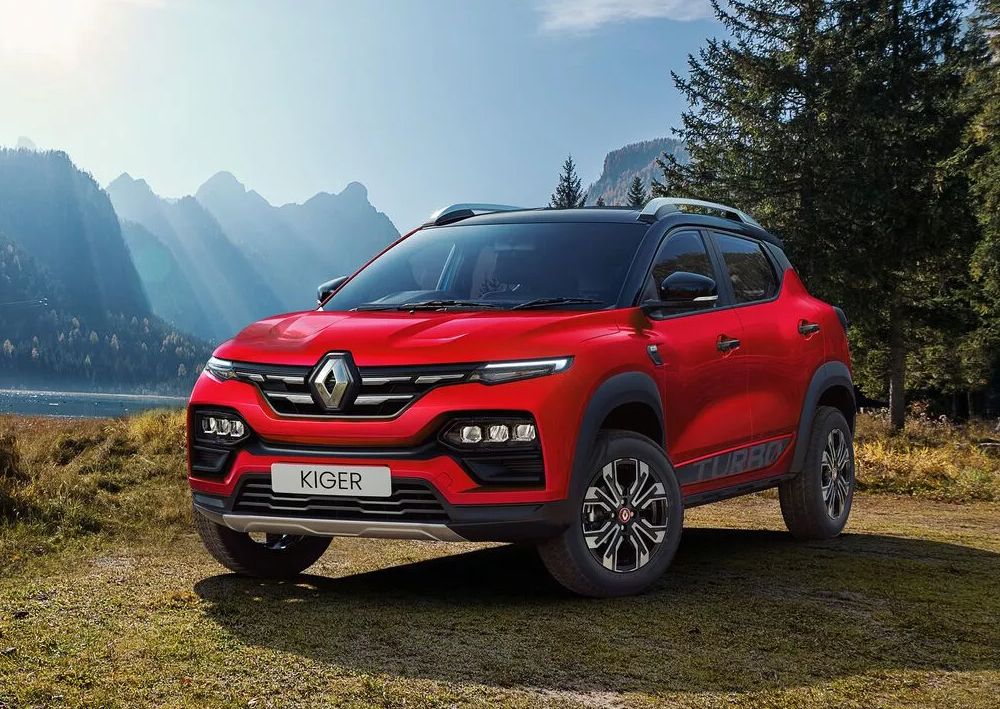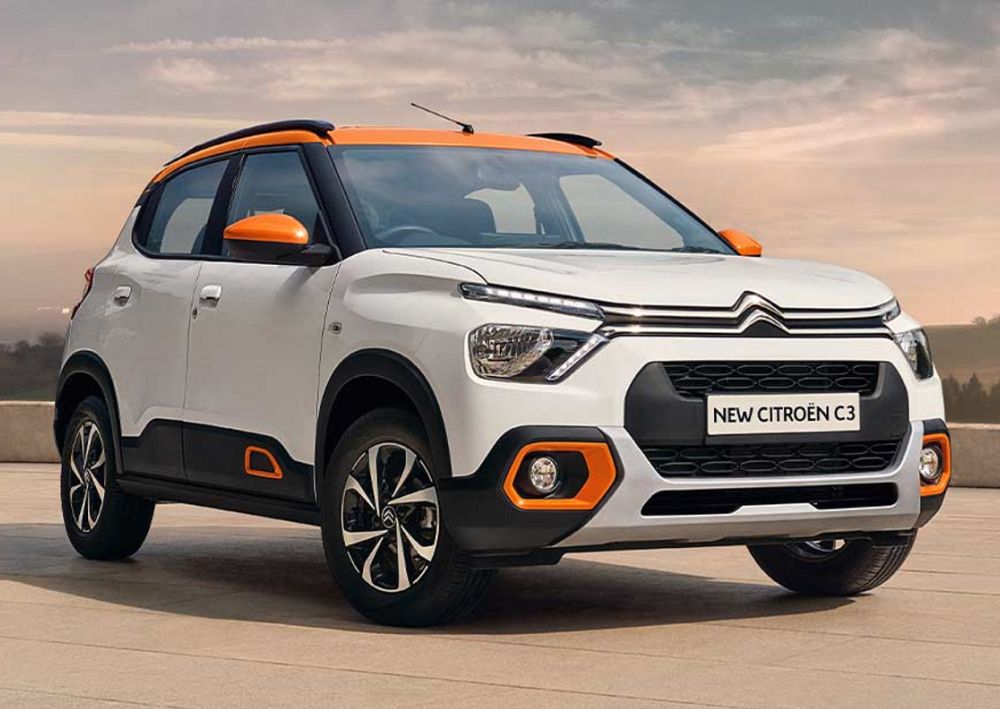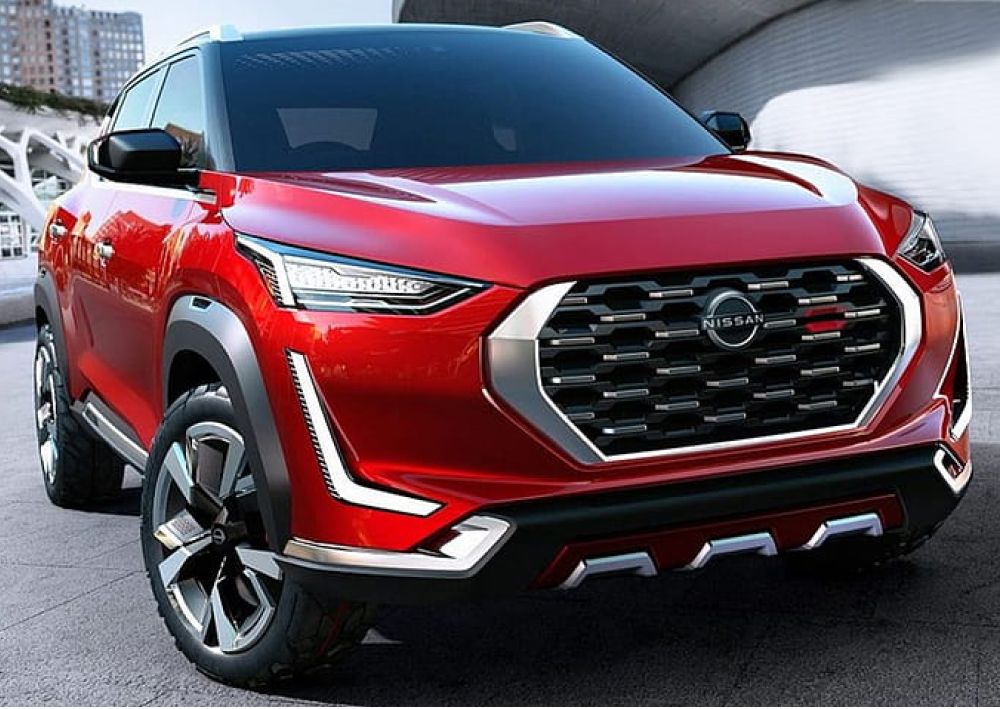Top 5 Micro SUVs Under ₹10 Lakh
Published On 22/4/2024, 10:45:10 am Author Hrithik BaberwalAcross India, a fascinating shift is underway. Hatchbacks, once the undisputed kings of the road, are slowly being dethroned by their bolder, taller siblings - micro SUVs. But what's driving this trend? Let's get into the key factors:

Millennials and Gen Z, the new driving force, have different priorities than their predecessors. They value versatility, adventure, and a touch of individuality. Micro SUVs, with their rugged looks, elevated driving position, and perceived ability to handle any terrain, resonate with this aspiration.
Indian cities are notorious for their congested roads, uneven surfaces, and limited parking. Hatchbacks, while nimble, often struggle with these challenges. Micro SUVs, with their higher ground clearance and commanding presence, offer better maneuverability.
Government regulations play a crucial role. Vehicles under 4 meters in length enjoy significant tax benefits. This sweet spot, where most micro SUVs reside, makes them significantly more affordable than larger SUVs, offering hatchback-like pricing with SUV-like perks.
The rise of micro SUVs is not just a passing fad. It reflects a deeper shift in consumer preferences and evolving urban realities. As cities become denser and environmental concerns grow, we can expect micro SUVs to become even more popular, offering adventure, practicality, and affordability in a compact package.
So, the next time you see a micro SUV zooming past, remember, it's not just a car; it's a symbol of a changing generation and a new era of urban mobility.
Now let's see the top micro SUVs in India:
1.Tata Punch
 The Tata Punch is a stylish and well-equipped micro SUV that offers great value for money. It starts at a price of ₹6.13 lakh and comes with a spacious cabin, comfortable ride quality, and a host of features like a touchscreen infotainment system, keyless entry, and automatic climate control. The Punch also gets safety features like dual airbags, ABS with EBD, and corner stability control. It is powered by a 1.2-litre petrol engine that produces 86PS and 113Nm of torque. The engine is mated to a 5-speed manual transmission or a 5-speed AMT.
The Tata Punch is a stylish and well-equipped micro SUV that offers great value for money. It starts at a price of ₹6.13 lakh and comes with a spacious cabin, comfortable ride quality, and a host of features like a touchscreen infotainment system, keyless entry, and automatic climate control. The Punch also gets safety features like dual airbags, ABS with EBD, and corner stability control. It is powered by a 1.2-litre petrol engine that produces 86PS and 113Nm of torque. The engine is mated to a 5-speed manual transmission or a 5-speed AMT.
2. Hyundai Exter
 Hyundai has recently joined the rapidly growing micro SUV market with its latest offering, the Exter, which has garnered attention thanks to its competitive price starting at ₹6.34 lakh and commitment to providing value for customers. Positioned below the Venue in Hyundai's lineup, the Exter is aimed at younger consumers who desire a stylish and well-equipped vehicle.
Hyundai has recently joined the rapidly growing micro SUV market with its latest offering, the Exter, which has garnered attention thanks to its competitive price starting at ₹6.34 lakh and commitment to providing value for customers. Positioned below the Venue in Hyundai's lineup, the Exter is aimed at younger consumers who desire a stylish and well-equipped vehicle.
Constructed on the foundation of the Grand i10 Nios platform, the Exter boasts compact proportions tailored for navigating urban streets, yet it surprises with its ample interior space. Noteworthy features include a touchscreen infotainment system, the option for a sunroof, and six airbags, showcasing its emphasis on contemporary conveniences.
3. Renault Kiger
 The Renault Kiger, launched in 2020, has become a notable player in the increasingly competitive micro SUV segment in India. Known for its bold design, spacious interiors, and competitive price point (starting at ₹6.00 lakh), the Kiger appeals to young, urban buyers seeking a stylish and practical urban runabout. The Kiger is offered with two engine options: a 1.0L naturally aspirated petrol and a 1.0L turbo-petrol. The naturally aspirated engine delivers decent fuel efficiency, while the turbo-petrol variant provides a punchier driving experience. Transmission options include a 5-speed manual and an optional CVT for both engines. Feature-wise, the Kiger is well-equipped with an 8-inch touchscreen infotainment system, keyless entry, push-button start, and various safety features like dual airbags and ABS with EBD.
The Renault Kiger, launched in 2020, has become a notable player in the increasingly competitive micro SUV segment in India. Known for its bold design, spacious interiors, and competitive price point (starting at ₹6.00 lakh), the Kiger appeals to young, urban buyers seeking a stylish and practical urban runabout. The Kiger is offered with two engine options: a 1.0L naturally aspirated petrol and a 1.0L turbo-petrol. The naturally aspirated engine delivers decent fuel efficiency, while the turbo-petrol variant provides a punchier driving experience. Transmission options include a 5-speed manual and an optional CVT for both engines. Feature-wise, the Kiger is well-equipped with an 8-inch touchscreen infotainment system, keyless entry, push-button start, and various safety features like dual airbags and ABS with EBD.
4. Citroen C3
 The lines between micro SUVs and crossovers are often blurred, and the Citroen C3 is a perfect example. While Citroen officially calls it a "cross hatchback," it shares many characteristics with micro SUVs, making it a competitor in both segments. The C3's strengths lie in its unique design, spacious interiors, comfortable ride, and focus on personalization. Additionally, its competitive price range (starting at ₹6.16 lakh) makes it an attractive option for budget-conscious buyers. However, some users might find the lack of a sunroof and rear AC vents as minor drawbacks.
The lines between micro SUVs and crossovers are often blurred, and the Citroen C3 is a perfect example. While Citroen officially calls it a "cross hatchback," it shares many characteristics with micro SUVs, making it a competitor in both segments. The C3's strengths lie in its unique design, spacious interiors, comfortable ride, and focus on personalization. Additionally, its competitive price range (starting at ₹6.16 lakh) makes it an attractive option for budget-conscious buyers. However, some users might find the lack of a sunroof and rear AC vents as minor drawbacks.
The C3 comes with a 1.2L PureTech petrol engine in two configurations: a naturally aspirated version delivering 79 bhp and a turbocharged variant producing 109 bhp. Both engines are paired with a 5-speed manual transmission. The naturally aspirated engine prioritizes fuel efficiency, while the turbocharged version offers a more spirited driving experience.
5. Nissan Magnite
 The Nissan Magnite, launched in 2020, has become a prominent player in the booming micro SUV segment in India. Its dynamic design, spacious interiors, and competitive price point (starting at ₹5.49 lakh) have attracted young, urban buyers seeking a stylish and feature-rich ride. Under the hood of the Magnite lies a 1.0-litre, three-cylinder naturally aspirated (NA) petrol engine, codenamed B4D. As expected, with 72hp and 96Nm, it falls significantly short in both power and torque compared to the turbo-petrol engine, trailing by 28hp and 64Nm, respectively. However, to Nissan's credit, the Magnite 1.0 provides a smooth driving experience when accelerating from a standstill, delivering power in a consistent and linear manner.
The Nissan Magnite, launched in 2020, has become a prominent player in the booming micro SUV segment in India. Its dynamic design, spacious interiors, and competitive price point (starting at ₹5.49 lakh) have attracted young, urban buyers seeking a stylish and feature-rich ride. Under the hood of the Magnite lies a 1.0-litre, three-cylinder naturally aspirated (NA) petrol engine, codenamed B4D. As expected, with 72hp and 96Nm, it falls significantly short in both power and torque compared to the turbo-petrol engine, trailing by 28hp and 64Nm, respectively. However, to Nissan's credit, the Magnite 1.0 provides a smooth driving experience when accelerating from a standstill, delivering power in a consistent and linear manner.
















